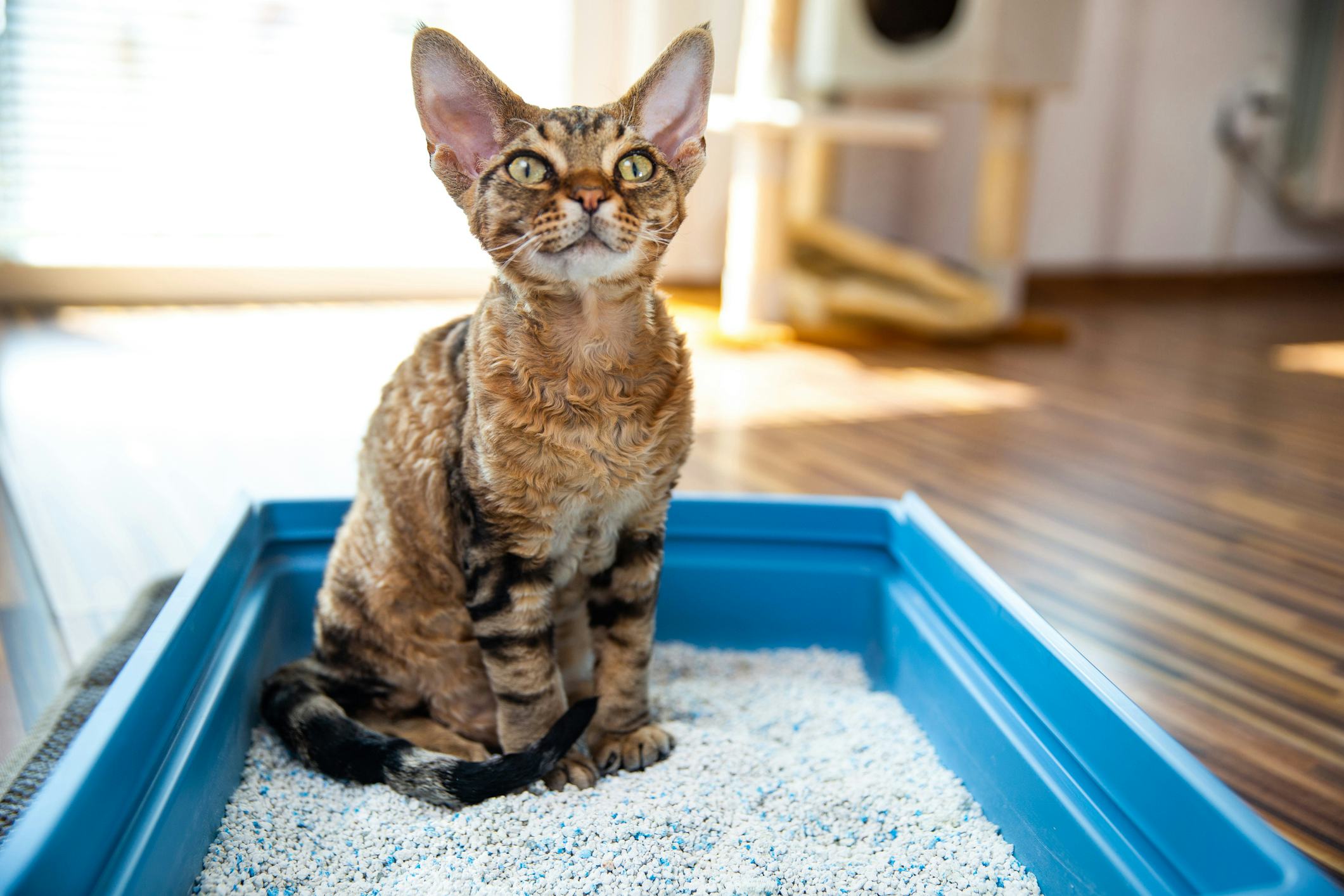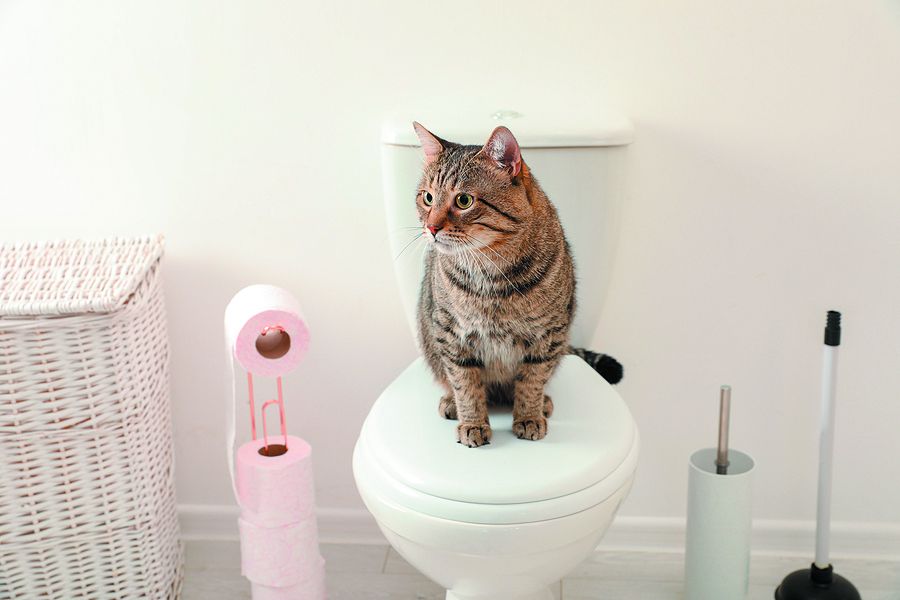Prevent Clogs and Damage: Never Flush Cat Poop Down Your Toilet - Professional Recommendations
Prevent Clogs and Damage: Never Flush Cat Poop Down Your Toilet - Professional Recommendations
Blog Article
In this article below you can locate lots of amazing resources in regards to Don’t flush cat feces down the toilet.

Introduction
As cat proprietors, it's important to be mindful of just how we deal with our feline friends' waste. While it might appear practical to purge feline poop down the commode, this method can have detrimental repercussions for both the setting and human health and wellness.
Ecological Impact
Flushing pet cat poop introduces dangerous pathogens and bloodsuckers right into the water system, posing a considerable threat to aquatic ecological communities. These contaminants can adversely influence marine life and concession water quality.
Health and wellness Risks
Along with environmental issues, purging pet cat waste can also present wellness risks to people. Pet cat feces may include Toxoplasma gondii, a bloodsucker that can create toxoplasmosis-- a potentially severe health problem, specifically for pregnant ladies and people with damaged immune systems.
Alternatives to Flushing
Thankfully, there are more secure and more responsible methods to throw away feline poop. Think about the complying with options:
1. Scoop and Dispose in Trash
The most typical technique of taking care of cat poop is to scoop it into an eco-friendly bag and toss it in the garbage. Make certain to use a specialized litter inside story and dispose of the waste quickly.
2. Use Biodegradable Litter
Choose naturally degradable pet cat clutter made from materials such as corn or wheat. These litters are environmentally friendly and can be safely dealt with in the garbage.
3. Bury in the Yard
If you have a yard, consider burying pet cat waste in an assigned location away from vegetable gardens and water sources. Be sure to dig deep enough to prevent contamination of groundwater.
4. Install a Pet Waste Disposal System
Invest in a pet waste disposal system specifically designed for cat waste. These systems use enzymes to break down the waste, reducing odor and ecological impact.
Verdict
Liable pet possession extends beyond providing food and shelter-- it additionally involves correct waste monitoring. By avoiding purging feline poop down the bathroom and choosing alternative disposal methods, we can decrease our ecological footprint and shield human wellness.
Why You Should NEVER Flush Cat Poop (and/or Litter) Down Your Toilet
The Problem with Litter
The main function of litter is to solidify and adhere to your cat’s waste. While this makes litter excellent for collecting cat poop and urine, it’s also the exact property that makes it a nightmare when flushed down the toilet.
Cat litter can and will clog pipes. There is non-clumping litter, but it’s still quite heavy and can build up in pipes. This is true even of supposed “flushable litter.”
The problems only compound when the litter is already clumped into cat waste. Toilet paper is among the more flushable things, and even too much of that will clog a toilet.
The Problem with Cat Poop
Sewers and septic systems are designed with human waste in mind. The microbes that help break down human waste don’t work on cat waste. Additionally, cat poop plays host to the parasite Toxoplasma gondii.
When flushed, this parasite can enter the environment in places it was never meant to, posing a risk to pregnant women, their unborn children, and other people with compromised immune systems. While it might not seem possible, flushing cat poop can indeed introduce this parasite to the public water supply.
These reasons are why, even if you’ve trained your cat to go on the toilet and flush, which is possible, it’s still not a good idea. Also, pregnant women and the immunocompromised shouldn’t change litter, either.
How to Handle Litter
The best way to handle litter is to simply put it in a plastic bag and place it in the trash. Avoiding environmental risks and possible plumbing damage is worth the extra effort.
You can also invest in devices that seal away your cat’s waste in a separate compartment, so you don’t have to change the litter nearly as often. They’re also safer for pet owners because they limit the possibility of Toxoplasma gondii exposure.
Disposing of litter the old-fashioned way will ensure you won’t have to worry about any issues that flushing the waste can potentially cause.
Take Care of Clogged Pipes with Stephens Plumbing, Heating & Air Conditioning
The reasons you should never flush cat poop down your toilet are numerous, but sometimes the inevitable happens despite your best efforts.
Stephens Plumbing, Heating & Air Conditioning is ready to help if you’re experiencing litter-blocked plumbing. Whether you need us in an emergency or want to schedule regular maintenance, we’re here for you.
https://www.stephensplumbing.net/bathroom-plumbing/never-flush-cat-poop-down-your-toilet/

We hope you enjoyed reading our section about Can You Flush Cat Poop Down The Toilet?. Thanks a lot for taking the time to read through our article. Those who enjoyed our post if you please do not forget to pass it around. Thanks a lot for your time. Kindly come by our blog back soon.
Book Your Installation Report this page